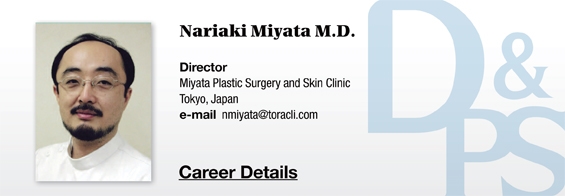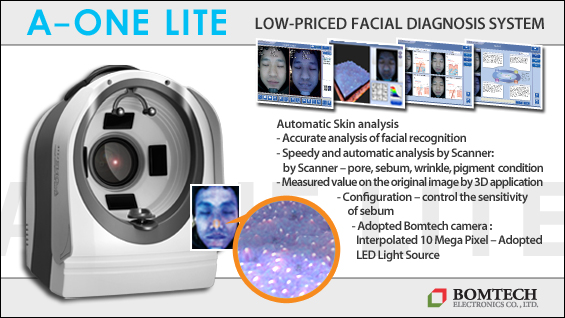
The lack of interest in thread lift or facial injections is shown by the fact that there are no domestic manufacturers of suture materials or dermal filler products in Japan. I heard that many companies including conglomerates are producing and marketing HA and other dermal fillers. Only Allergan and Galderma have been approved in Japan and that was only a couple years ago. There are no Japanese HA products available. Due to strict regulations on pharmaceutical advertising, manufacturers cannot reach their consumers directly. As it is hard to deliver accurate information about the product with regulatory limitations on the messages you can convey, information about safety or efficacy, etc. is not clearly communicated.
Print and TV media have helped raise the recognition of aesthetic medicine but they rarely explain the details about thread lift or dermal fillers. Most of the doctors who appear on the media to tout certain products or treatments are not specialists. It is mostly attractive female doctors or those who are good at public speaking that make media appearances. These doctors are not likely to participate in academic conferences. There are no trade magazines such as D&PS specializing in aesthetic medicine. Articles about aesthetic treatments are included as a special feature of a medical journal. We will talk more about this in following articles.
[Advertisement] A-One LITE(Facial Diagnosys System) – Manufacturer: BOMTECH(www.bomtech.net)
Continued from our previous discussion in the last article, I would like to talk about the lifting/tightening procedures that I use in my practice.
I suggest various options to patients who are seeking to correct sagging skin at the initial consultation. Most options available in plastic surgery and aesthetic surgery including energy-based devices, injectables, thread lift and surgery, etc. are provided at my practice. However, I think what the patient expects from the treatment is the most important for choosing the right treatment. As mentioned earlier, many patients want the improvement to be subtle enough so that other people will not find out about the procedure. Once a patient even wanted to keep the treatment a secret from her husband. Some say their husbands would not want drastic changes in their appearance or that their husbands are opposed to them getting dermal filler injections. I heard that physical attractiveness is a virtue and an advantage in Korea. However, it is not as prioritized in Japan (I will keep to myself which viewpoint I prefer).
Many of my patients want subtle and natural changes, rather than drastic improvement. This is a very Japanese thing. Some patients express it as “changes that do not discomfort others.” or “that do not spread a rumor about me.” This is why most cases begin their treatment with energy-based devices. Some patients do want drastic changes from the start but such cases are rare.
Now, among devices treatments, Japanese people again prefer those that allow immediate return to daily living without causing pain or edema. Patients receiving melasma treatments are averse to the necessary wound dressing after irradiation or take a week off of their work if told they have to wear a wound dressing. Mild treatments naturally have lowered efficacy and even very little efficacy in some cases. However, patients are satisfied.
More adventurous patients choose Ulthera. Ulthera is ideal for Japanese people as it has little downtime, allowing immediate return to daily activities. The most powerful energy-based lifting procedure is combing Thermage and Ulthera on the same day. This method is quite popular in Japan.

Figure 1. Dimples form on the skin immediately after the procedure.
In Japan, HIFU devices such as Ulthera are still not as wide-spread as in Korea. Although these devices were introduced in Japan before Korea, the number of devices in use is much lower in Japan. I am not sure if the lack of enthusiasm is with patients or doctors but I find it very difficult to understand. I think Ulthera is not as popular probably due to pain but I hope it becomes more common in the future.
In the past, if the patient was not satisfied with energy-based treatments or agreed with the doctor’s suggestion, other modalities such as dermal filler injection were carried out alone. Recently, however, combination therapies are used to simultaneously to address skin sagging, superficial fat sagging and volume loss, SMAS relaxation, change in expression muscles, as well as age-related bone and deep tissue atrophy, etc. It is important to provide adequate supplementation of lost volume and return the deep tissues to the original place, rather than focus on just lifting or filling indentations.
I also prefer performing various treatments on the same day. I combine Thermage and Ulthera to lift the facial contours (lateral) and lift the mid-face fat tissues with non-cogged thread, and lastly inject hyaluronic acid or calcium hydroxyapatite in the cheek, chin or lower eyelid to correct the age-related atrophy of the cheekbone and lower jaw.
-To be continued




















